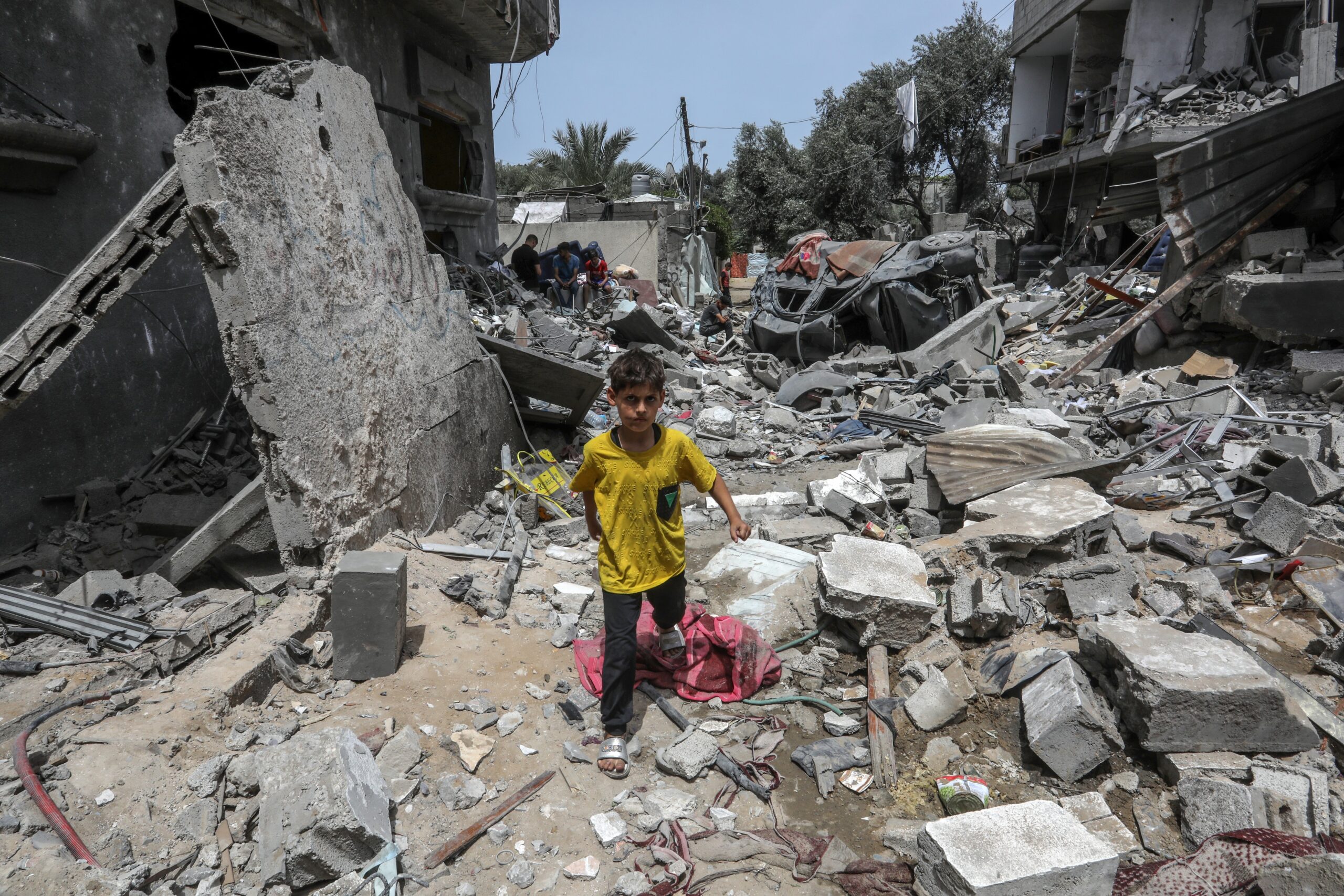[ad_1]
WASHINGTON/NEW YORK (Reuters) – The Trump administration on Wednesday proposed admitting a maximum of 45,000 refugees next year, the lowest cap in decades, which officials said was necessary to ensure U.S. security as the government tightens its screening and vetting processes.
That figure is the lowest cap since the modern U.S. refugee admissions system was established in 1980, and the administration’s decision was harshly criticized by refugee advocates who say it ignores growing humanitarian crises around the world. The report also projects slashing funding to the refugee resettlement program by 25 percent.
“The security and safety of the American people is our chief concern,” a U.S. official said in a call with reporters on Wednesday, speaking on condition of anonymity. “We have every plan to process as many refugees as we can under this ceiling.”
A second U.S. official said the administration is considering a “wide range of potential measures and enhancements” to refugee vetting, in accordance with a January executive order from President Donald Trump, though the official gave no further details.
The lower refugee cap is a continuation of Trump’s hardline stance on immigration. He made the issue a focus during the presidential campaign, advocating for a wall along the U.S. border with Mexico and the deportation of immigrants in the country illegally, and saying that Syrian refugees fleeing their country’s civil war present a security threat to the United States.
The proposed refugee limit represents a cut of more than half from the refugee ceiling set last year by former President Barack Obama, and is much lower than the 75,000 limit suggested by refugee advocates this year. It is also lower than the 50,000 cap Trump set in an executive order shortly after he took office in January.
The administration proposed taking in a maximum of 19,000 refugees from Africa, 5,000 from East Asia, 2,000 from Europe and Central Asia, 1,500 from Latin America and the Caribbean, and 17,500 from the Middle East and South Asia.
A bipartisan group of U.S. senators wrote in a letter to Trump on Monday that a lower cap would prevent “thousands of people from enriching American communities.”
National security experts argue that refugees do not present a danger to the United States, and are already among the most highly vetted immigrants to gain admittance to the United States, going through a grueling process that takes 18 to 24 months on average.
“President Trump’s decision to lower the U.S. refugee ceiling is an abdication of U.S. leadership at a time of greatest need for the world’s refugees,” said Bill Frelick, refugee rights director at Human Rights Watch, in a statement on Wednesday.
The Wednesday report said that at the end of 2016, the estimated refugee population worldwide reached 22.5 million, an increase of 1.1 million in just one year.
GROWING BACKLOG
Administration officials said one reason for the lower cap this year is that Department of Homeland Security staff are being re-directed to deal with a growing backlog of cases of foreigners already in the United States who are seeking asylum for fear of persecution. The State Department report said there are now nearly 300,000 asylum applications pending with DHS.
DHS officers interview both asylum and refugee applicants. Refugees, as opposed to asylees, apply to come to the United States while they are still overseas.
Officials warned that the final number of refugees allowed to come into the United States next year will depend on DHS’ “interviewing capacity.”
“But this number was reached after taking a look at these requirements, and we believe that we can get into the ballpark of this number, of this ceiling,” one U.S. official said.
The report to Congress said the proposed refugee cap did not include “unallocated admissions,” which offer flexibility and can be used if additional refugee admissions are needed from any region when there are unforeseen conflicts. Last year, the Obama administration proposed 14,000 unallocated admissions.
There are at least 58,000 refugees who were ready for travel under the 2017 fiscal year quota and weren’t able to come to the United States because of Trump’s lower 2017 cap, said Jen Smyers, of the refugee resettlement agency Church World Service. Of those, around 22,000 already had guarantees from agencies that handle refugee resettlement in the United States, she said.
Immigration law requires the administration to submit the refugee report to Congress before the start of each fiscal year, and then consult with top members of relevant committees prior to the start of the fiscal year on Oct. 1.
Congressional officials received the administration’s report in hard-copy form on Wednesday less than three hours before a scheduled consultation between cabinet officials and top Republicans and Democrats in the House and Senate, one Congressional aide said. The late delivery of the report makes the consultation close to meaningless, aides complained.
In 2016, the Obama administration submitted the report to Congress on Sept. 15.
“If we have not received the report in advance, there is pretty much nothing to consult on,” said the aide, who spoke on condition of anonymity.
Refugee advocacy groups said that while previous consultations had been close to the deadline set for announcing the cap, it was unusual for the report to be sent to Congress on the same day as the consultation meeting.
Reporting by Yeganeh Torbati and Mica Rosenberg; Editing by Marguerita Choy and James Dalgleish
[ad_2]
Source link






Leave a Reply